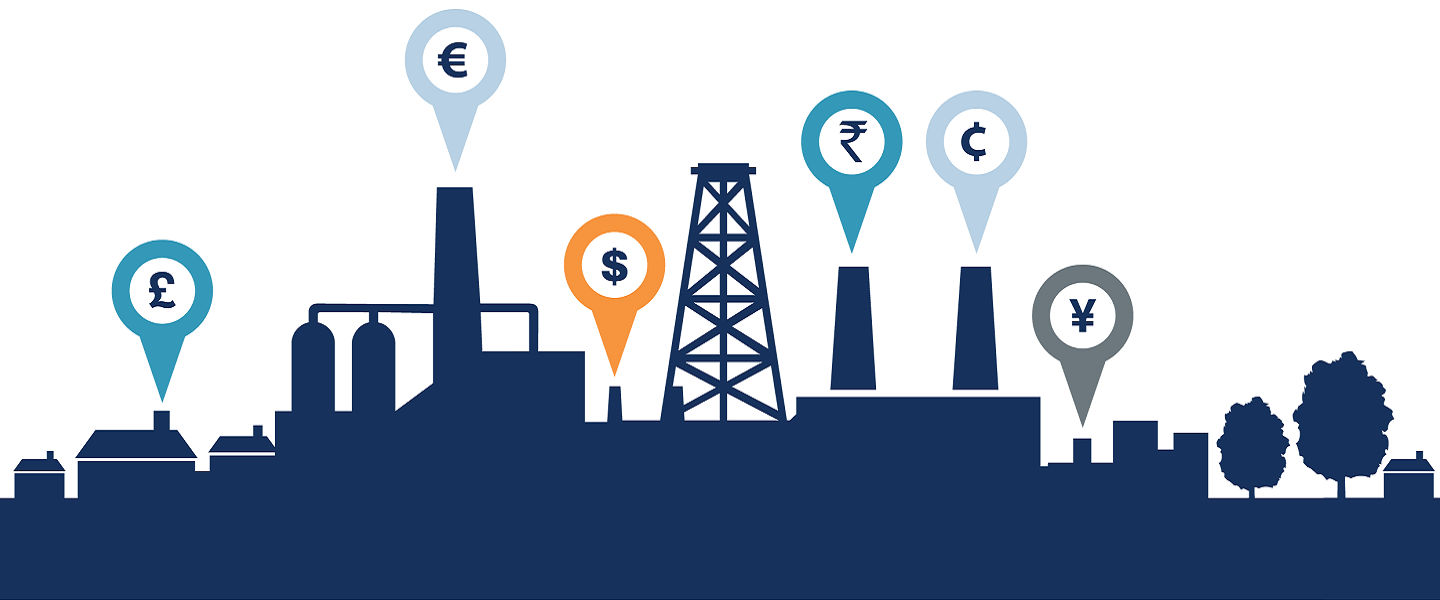The phrase put a price on carbon has now become well known with momentum growing among countries and business to put a price on carbon pollution as a means of bringing down emissions and drive investment into cleaner options.
So what does it mean to put a price on carbon, and why do many government and business leaders support it?
There are several paths governments can take to price carbon, all leading to the same result. They begin to capture what are known as the external costs of carbon emissions – costs that the public pays for in other ways, such as damage to crops and health care costs from heat waves and droughts or to property from flooding and sea level rise – and tie them to their sources through a price on carbon.
A price on carbon helps shift the burden for the damage back to those who are responsible for it, and who can reduce it. Instead of dictating who should reduce emissions where and how, a carbon price gives an economic signal and polluters decide for themselves whether to discontinue their polluting activity, reduce emissions, or continue polluting and pay for it. In this way, the overall environmental goal is achieved in the most flexible and least-cost way to society. The carbon price also stimulates clean technology and market innovation, fuelling new, low-carbon drivers of economic growth.
There are two main types of carbon pricing: emissions trading systems (ETS) and carbon taxes.
An ETS – sometimes referred to as a cap-and-trade system – caps the total level of greenhouse gas emissions and allows those industries with low emissions to sell their extra allowances to larger emitters. By creating supply and demand for emissions allowances, an ETS establishes a market price for greenhouse gas emissions. The cap helps ensure that the required emission reductions will take place to keep the emitters (in aggregate) within their pre-allocated carbon budget.
A carbon tax directly sets a price on carbon by defining a tax rate on greenhouse gas emissions or – more commonly – on the carbon content of fossil fuels. It is different from an ETS in that the emission reduction outcome of a carbon tax is not pre-defined but the carbon price is.
The choice of the instrument will depend on national and economic circumstances. There are also more indirect ways of more accurately pricing carbon, such as through fuel taxes, the removal of fossil fuel subsidies, and regulations that may incorporate a “social cost of carbon.” Greenhouse gas emissions can also be priced through payments for emission reductions. Private entities or sovereigns can purchase emission reductions to compensate for their own emissions (so-called offsets) or to support mitigation activities through results-based finance.
Some 40 countries and more than 20 cities, states and provinces already use carbon pricing mechanisms, with more planning to implement them in the future. Together the carbon pricing schemes now in place cover about half their emissions, which translates to about 13 percent of annual global greenhouse gas emissions.





